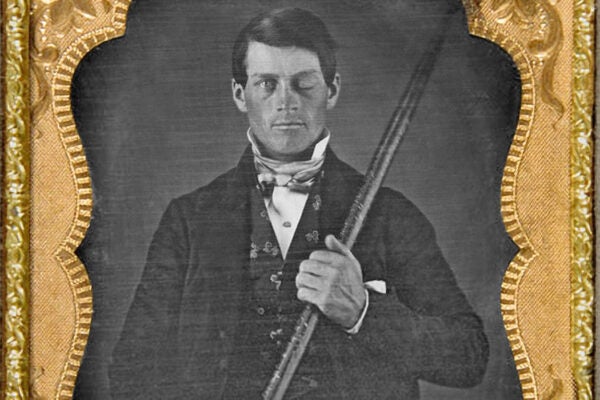Extra Credit: Our pick of stories from around the web that bridge the gap between news and scholarship. Brought to you each Tuesday from the editors of JSTOR Daily.
Beyond “Law and Order” interrogations (Wired)
by Robert Kolker
Since the 1960s, standard US police interrogations have involved the techniques we all know from cop shows. Police look for telling signs of nervousness, use tricky questioning techniques, and keep pushing until the suspect cracks. The trouble is, this doesn’t actually work very well in real life. But an extensive research project suggests that other methods can do a better job.
Can nanotech fix agriculture? (The Conversation)
by Ramesh Raliya and Pratim Biswas
Modern agricultural techniques help feed the world. But plants don’t actually absorb most of the fertilizer farmers add to their fields, which leads to wasted resources and pollution. New research suggests that nanotechnology—specifically, the use of incredibly tiny particles of materials like zinc—could change this.
How genres help us see the world (The New York Times)
Why does Netflix offer you “Emotional Fight-the-System Documentaries” and “Foreign Satanic Stories from the 1980s”? Why do we see rainbows as bands of individual colors instead of a spectrum? It’s all about the psychology of categorization.
Where autism and racism collide (Pacific Standard)
by Carrie Arnold
Autism is equally common among children of all races, but white kids are much more likely to receive a diagnosis. Black and Latino youth often take longer to have their condition recognized, or may not be diagnosed at all. And even if they are, they may not get the help they need. Research suggests this is partly a result of our stereotypes, both of children of color and of autistic children.
Cultivating truly awesome experiences (New York Magazine)
by Jordan Rosenfeld
We often throw around phrases like mind-blowing and awe-inspiring, but research suggests that the real experience of awe is a unique state of consciousness. It could hold a key to taking a longer view of the world and feeling connected to the people around us.
Have you seen a story online that does a good job of bridging the gap between the news and scholarship? Or something that seems particularly well-researched? Let us know and we may include it in next week’s roundup. Email us at jstordaily_submissions (at) jstor (dot) org.






